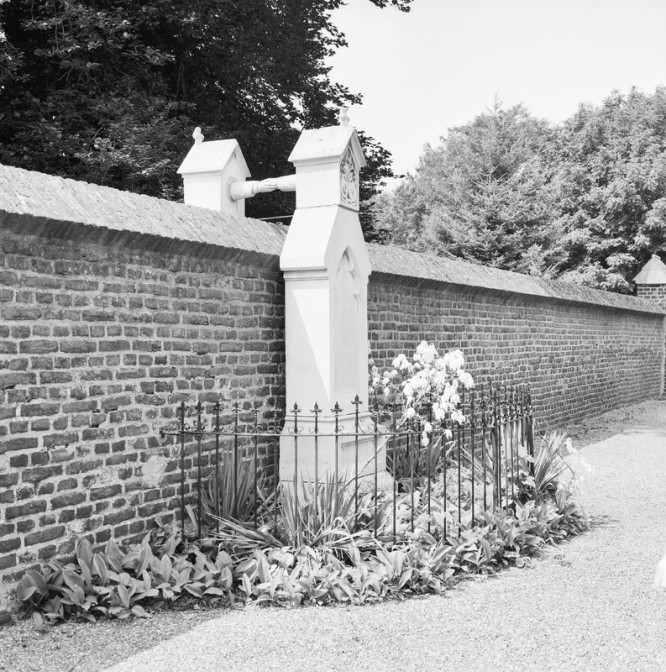A gemengd huwelijk is a mixed marriage. The term typically refers to two people with different religions, but is sometimes also used for two people of different racial backgrounds.
Until recently, many churches would not perform a mixed marriage ceremony and required the other party to convert and promise to raise all their children in that church’s faith. A civil marriage before the court was an alternative for couples who did not want to convert. Some couples chose to raise the boys in the father’s faith and the girls in the mother’s faith.

Graves of a Protestant-Catholic couple, where the Protestant spouse was not allowed to be buried in consecrated ground. Credits: Rijksdienst voor het Cultureel Erfgoed (CC-BY-SA)


From my research I’ve discovered that my fifth great grandfather was most likely born Moses the son of Aron Benedictus and Roosje Davids. His family moved to Rotterdam sometime before 1811. In 1811 his father, brothers and himself confirmed the last name of Spetter in their name taking document. In his military inscription record his name is listed as Maarten Spetter. In 1815 he married Elizabeth van Zijl, (dutch reformed) under the name Maarten Spitters. There are court documents to establish his birth date and place which was said to have been burned in a fire instead of being a copy a circumcision document. He appears to have left the Jewish faith. at some point before 1815 and severed ties with his family that remained Jewish except perhaps his parents who are listed in his marriage documents. His brothers don’t appear as witnesses in any of his children’s birth records.